Backpacker Magazine got it right when they named Mt Washington (6288′) one of the 10 most dangerous hikes in America. While avalanches are a concern, safe routes exist to climb the peak as long as the weather is favorable. But it often isn’t, because several weather patterns converge over the summit and produce life-threatening weather with high winds, low visibility, or deep snow.
Despite these hazards, it is possible to climb Mt Washington in winter if you do it in good weather, give yourself plenty of time, carry the right equipment and supplies, and go with experienced companions. Having climbed Mt Washington multiple times in every month of the year, here are my top 10 tips to successfully hike to the top of Mt Washington in winter and to relish the views from the top.
1. Climb Mt Washington with other experienced winter hikers.

Find yourself a group of experienced winter hikers who have climbed Mt Washington before and hike with them. Climbing Mt Washington isn’t just any old winter hike. It’s a long climb in tough terrain, the cairns marking the trails are difficult to locate in cloud or fog, and you may need mountaineering skills with full crampons to get to the summit. The wind is often ferocious and whiteout conditions are all too common. Going with a group of experienced winter hikers or a mountaineering guide, who will rent you the required gear, will increase your safety and enjoyment of the day.
2. Postpone your hike if the weather is bad.

There is a weather station on the summit of Mt Washington called the Mt Washington Observatory that publishes a twice-daily forecast for Mt Washington and the Northern Presidentials (Jefferson, Adams, Madison) called the Higher Summits Forecast. You should make a point to follow it carefully for several days preceding your hike and be willing to postpone your hike if the weather is dangerous. Winds over 40 mph, blowing snow, cloud cover and fog, or temperatures close to zero can make a Mt Washington hike extremely hazardous, especially if you’re injured and need a rescue.
Too many people schedule a hike up Mt Washington on a specific day, months in advance, and will attempt to climb the mountain even when it’s unsafe. Give yourself a few days when you visit, so you can pick a calm day to do your hike. Better yet, climb it on a sunny day, when you can see something from the summit.
3. Don’t split up.
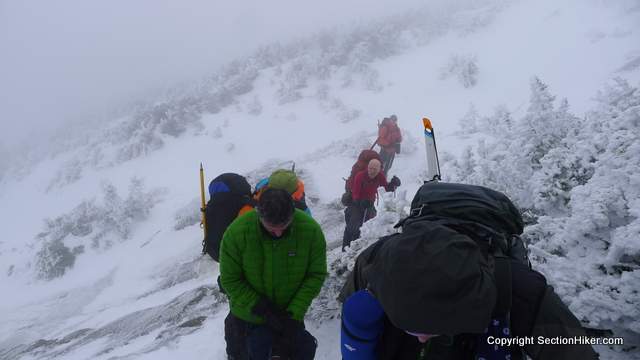
When hiking in a group, make sure you stick together. If the mountain is smothered in cloud or fog, visibility can easily drop down to 15 yards, making it difficult to see your companions if you fall behind. If the wind is blowing hard, you might not be able to hear one another above the roar of the wind, so work out a system of hand signals in advance. Don’t ever split your group into fast and slow hikers, because you lose the ability to communicate route changes or help one another if someone wanders off-route or has an accident.
4. Bring hot water in wide-mouth insulated bottles.
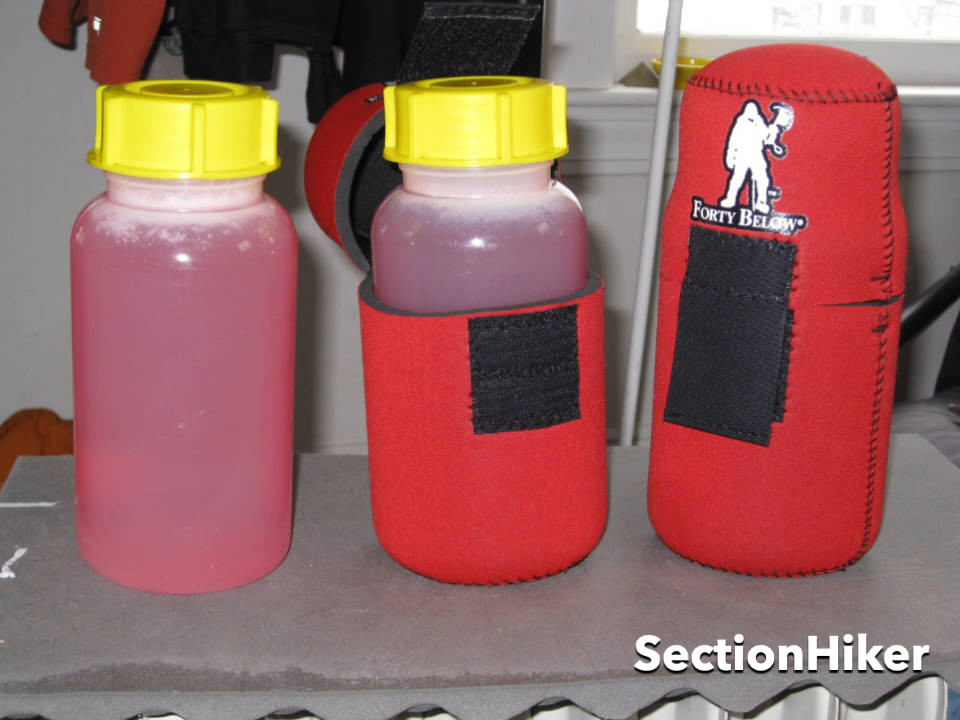
Bring boiling water or hot liquids with you on your hike in wide-mouth bottles that are insulated or buried deep in your backpack with your insulating layers to stay hot all day. Uninsulated bottles, hydration reservoir hoses, and bottles with thin necks will freeze in winter, so don’t rely on them. I like to spike mine with an easy-to-digest electrolyte mix like Pedialyte or Gatorade.
I recommend bringing 2-3 liters of water on a Mt Washington winter hike and drinking an additional least 1 liter of water at the trailhead before you start your climb. Dehydration makes you stupid in winter and reduces your performance, so try to force yourself to drink periodically even if you don’t feel thirsty.
5. Eat a big breakfast before your hike.
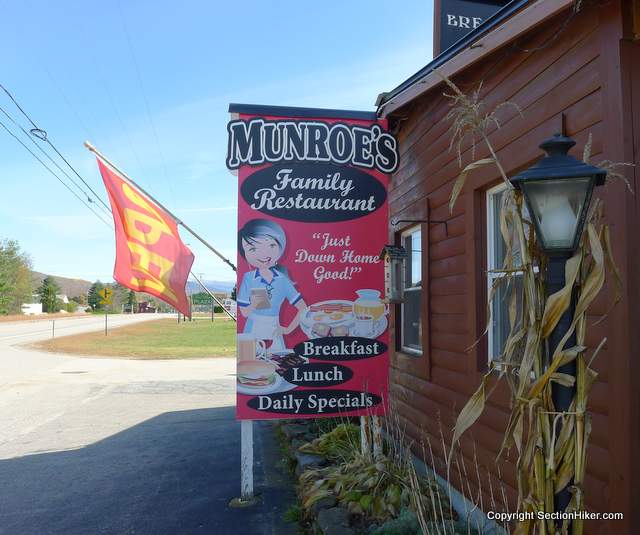
You’re probably going to burn 5000-6000 calories when climbing Mt Washington in winter, so it’s best to pile on the calories first thing in the morning because you’ll be running at a caloric deficit all day, even if you snack frequently. Eating a lot of food will boost your metabolism, which will generate body heat and help you stay warmer, so pile on the calories before and during your hike with high calorie snacks that won’t freeze. My favorite pre-hike meal for Mt Washington are waffles, hash browns, and two sides of bacon. Nearby Munroe’s diner in Twin Mountain, NH makes a hearty breakfast.
6. Start early in the morning.
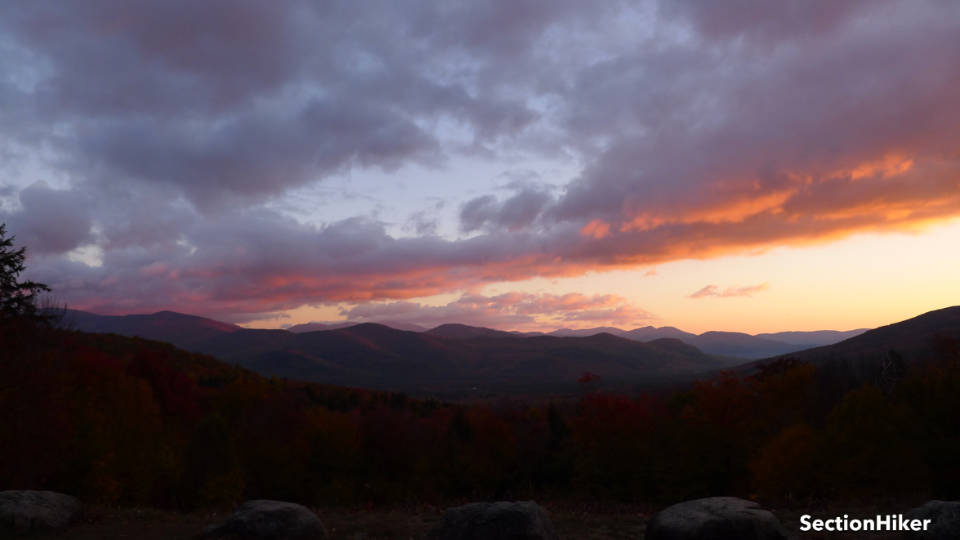
The days are very short in winter with only 9-11 hours of daylight, and you want to make sure you get below treeline before dark when route finding becomes more difficult and it’s easy to fall or slip. The hike up Mount Washington is a 10+ mile hike with over 4000 feet of elevation gain. Assuming an average of 1 mile per hour which is pretty standard for winter, it will take you at least 10 hours to climb the peak and get back down. The best way to avoid getting caught out in the dark is to get a very early start so that you can climb to the treeline (about 4500′) before sunrise, giving you more time to complete the climb and get back down before sunset.
7. Dress in layers.
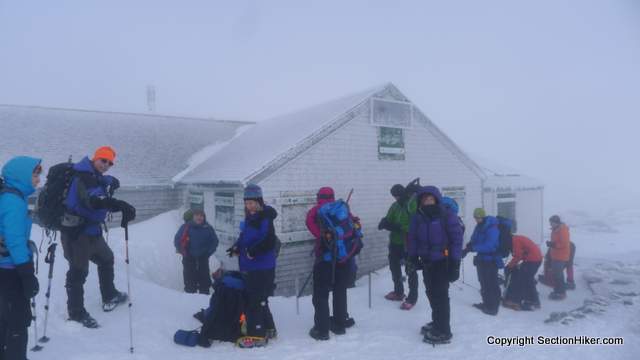
You want to avoid sweating in winter because it will chill you when you stop moving. The best way to do this is to dress in layers so you can strip off clothes when you get too warm and put on layers when you get cold. For example, it’s not uncommon for people to strip down to a baselyaer jersey when climbing because they’re sweating so much. When you get above the treeline, where the wind can chill you, many people will put on a midlayer and a windbreaker or hard shell jacket for the final climb to the summit, adding gloves, a hat, a facemask/balaclava, or ski goggles as needed. At the summit, most people put on a heavy down parka to stay warm.
8. Bring full face protection including a facemask and goggles.

Frostbite is a very real danger on Mt Washington, especially when the temperatures are below freezing and the wind is up. Make sure to bring a facemask and ski goggles with you, so that there isn’t any skin on your face that is exposed to the elements. If you’ve never hiked in winter with a full balaclava and goggles, make sure you get some practice beforehand. Walking over ice-covered rock is treacherous enough without wearing fogged-up goggles. It’s best to debug any fogging issues before you attempt the peak, lest you be forced to abort your hike and turn around.
9. Train for your hike by hiking other White Mountain 4000 footers in winter conditions.

The only effective way to train for winter hiking is to go on winter hikes. Hiking in cold weather, knowing when to layer and delayer, practicing with your traction aids, and packing and organizing all of your winter gear isn’t something you can train for on a treadmill or in the gym. When training for a winter hike up Mt Washington, you want to do a few practice hikes up other White Mountain four thousand footers in winter conditions that have long approach hikes and a significant above treeline section. Peaks such as Mts Madison, Garfield, Carrigan, Eisenhower, North and South Twin, Moosilauke, or North and South Kinsman will help you develop the stamina and skills needed to climb Mt Washington.
10. Support the Mt Washington Community

Climbing Mt Washington in winter is a bucket list experience, no doubt, even if you don’t summit the first time. But it’s important to realize that there are a lot of people and organizations that make this experience possible and can use your support so others can experience it too. The Mt Washington Weather Observatory, the Mt Washington Avalanche Center Forecasters, NH Fish and Game rescue coordinators, the all-volunteer mountain rescue teams, professional and volunteer trail maintainers, and your mountain guide if you used one, all have a hand in making Mt Washington safer to hike in winter. Think about how you can support them with a donation, a generous tip, or a good word. Climbing Washington in winter would be a very different experience without them.
SectionHiker is reader-supported. We only make money if you purchase a product through our affiliate links. Help us continue to test and write unsponsored and independent gear reviews, beginner FAQs, and free hiking guides.
